Glasnevin Cemetery gravediggers: Tommy Bonass, Tommy Byrne and Benny Gilbert, 1960. Courtesy of the Glasnevin Trust Collection
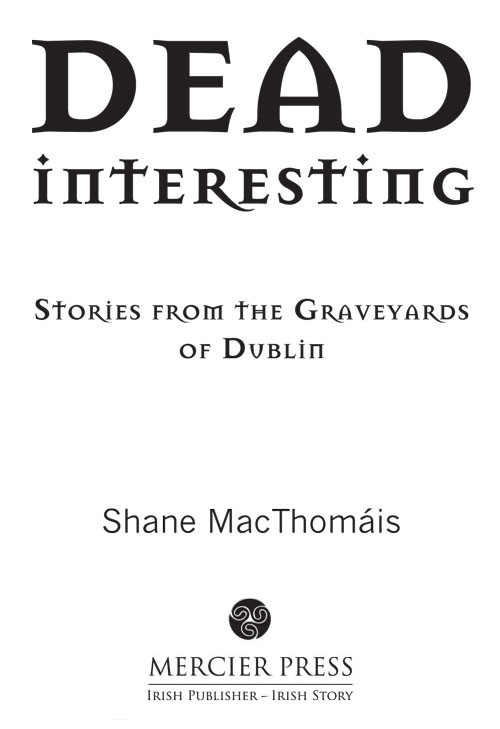
MERCIER PRESS
3B Oak House, Bessboro Rd
Blackrock, Cork, Ireland

www.mercierpress.ie

http://twitter.com/IrishPublisher

http://www.facebook.com/mercier.press
The Glasnevin Trust, 2012
ISBN: 978 1 85635 805 7
Epub ISBN: 978 1 78117 052 6
Mobi ISBN: 978 1 78117 053 3
This eBook is copyright material and must not be copied, reproduced, transferred, distributed, leased, licensed or publicly performed or used in any way except as specifically permitted in writing by the publishers, as allowed under the terms and conditions under which it was purchased or as strictly permitted by applicable copyright law. Any unauthorised distribution or use of this text may be a direct infringement of the authors and publishers rights and those responsible may be liable in law accordingly.
To my father, amonn MacThomis,
who left for heaven without warning.
 FOREWORD
FOREWORD
Dr Peter Harbison
It is often quipped that Glasnevin Cemetery is the dead centre of Dublin. But the fact is that there is not one but a number of dead centres of the capital city. In the past, books such as Vivien Igoes Dublin Burial Grounds & Graveyards have been successful in encompassing most or all of them within a single volume. This present volume makes no pretensions to complete coverage. Instead, it takes us on a leisurely and above all entertaining stroll through a select number of the citys cemeteries, of which Glasnevin stands pre-eminent as the national necropolis sacred ground wherein lie the remains of so many famous people who formed and framed the history of Ireland for the last 200 years.
The author is Glasnevins greatest guide, a man who knows more of the combined history of Glasnevins dead than anyone alive, and who demonstrates his knowledge with humour and aplomb when he is giving his tours around the cemetery. That same humour, but also appreciation of the human tragedy attached to many of the famous dead who lie there, comes across in the pages of this book. While concentrating on Glasnevin which he loves best it also covers other cemeteries within the citys bounds, regardless of creed or politics: Mount Jerome, the Bullys Acre and the Jewish Cemetery among others.
Shane has the ability and the wit to make all of this come alive, and to bring a smile to what many would regard as a doleful subject and to places which most people wouldnt want to be seen dead in! But Glasnevin itself has had a renaissance recently. The vision of two recent chairmen of the Glasnevin Trust Gavin Caldwell and John Green the cemeterys CEO, George McCullough, and the horticulturist Philip Ryan and his team, have made the place a joy to walk around, with new paths, restored monuments and well-pruned trees. The impression given is of a place well-cared for and showing honour to the dead, though it is a never-ending job requiring effort and money to show people from home and abroad what a national treasure Glasnevin is a point most recently underlined by the wonderful new award-winning museum building at the cemeterys entrance.
What makes this book fascinating are the stories that Shane tells about those whose remains lie buried within Glasnevins towering walls. These are not just about the famous, of which there are obviously many, but also those ordinary folk who never made it into the nations history books, who may have died from disease or disturbance, from the tragedy of weapons and wounds of war on various continents of the world, or who gave their lives to achieve the liberty which we enjoy and thank them for today. The stories range from the heroic to the macabre, from the heart-rending to the humorous and that, and its great variety, is what makes this book such a lively read. Shane is a master of the tale well told, and he has that rare ability to transmit his enthusiasm to his listeners, a gift which I hope will also be appreciated by the readers of this volume which is issued by the Glasnevin Trust with the wish expressed by reviewers of every good book, namely, that it will have a long and interesting shelf-life.
 INTRODUCTION
INTRODUCTION
Prior to the establishment of Prospect, later Glasnevin Cemetery, Irish Catholics had no cemetery of their own in which to bury their dead, as the repressive Penal Laws of the eighteenth century placed heavy restrictions on the public performance of Catholic services. This situation continued until an incident at a funeral held in Dublin provoked a public outcry when a Protestant sexton reprimanded a Catholic priest for proceeding to perform a limited version of a funeral mass.
The outcry prompted Daniel OConnell, champion of Catholic rights, to launch a campaign and prepare a legal opinion proving that there was actually no law passed forbidding praying for a dead Catholic in a graveyard. OConnell pushed for the opening of a burial ground in which both Irish Catholics and Protestants could give their dead dignified burial.
With the passing of the Act of Easement of Burial Bill in 1824, a committee was formed to administer the proposed cemetery. A small plot of land had been acquired for this purpose at Goldenbridge, Dublin, but soon proved insufficient in size. After some investigation a second site, amounting to nine acres, was bought at Glasnevin to be named Prospect Cemetery. Monsignor Yore consecrated the land in September 1831 and five months later young Michael Carey was the first person to be buried there. The original entrance to the cemetery was located at Prospect Square, but was moved to the Finglas Road in 1879.
On 14 June 1998, at 2.30 p.m., I was wandering around the pathways of Glasnevin Cemetery reading the headstones of countless men and women from Irish history. I had been invited to interview for the position of tour guide by George McCullough. Tired of answering the endless requests from visitors about the graves of the famous, the Dublin Cemeteries Committee had decided to run walking tours. The interview went well and I was offered the position. George had a great sense of how important Glasnevin Cemetery was historically, but this emphasis had been somewhat lost with the day-to-day running of a 170-year-old graveyard.
Over the following years free tours were run and I read every book, journal and newspaper I could get my hands on about death, burial and the people buried within Glasnevin. Often the funerals were recorded as momentous events that captured the zeitgeist, like those of ODonovan Rossa or Parnell. Yet in the case of the latter, the reports focused on the huge crowds but forgot to mention that Kitty, the woman he had given up his political career for, didnt attend his funeral as she was too distraught to travel. In other cases ordinary Dubliners with equally fascinating tales to tell were buried in anonymity and often unrecorded.

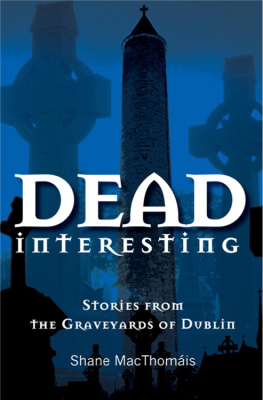

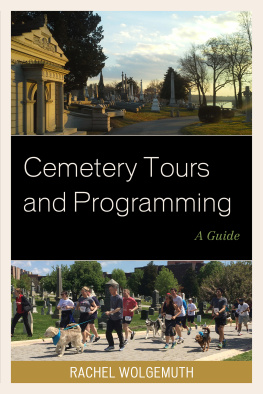
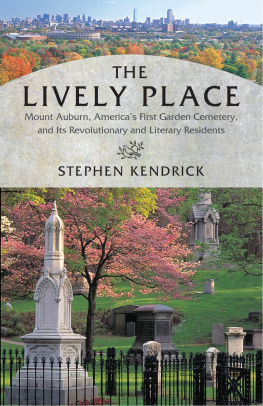
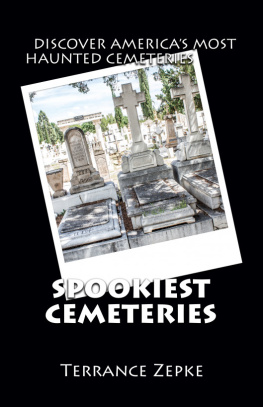
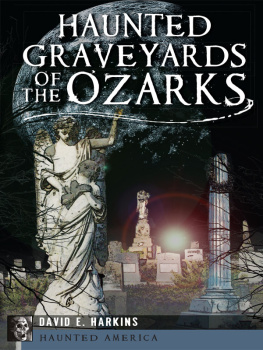
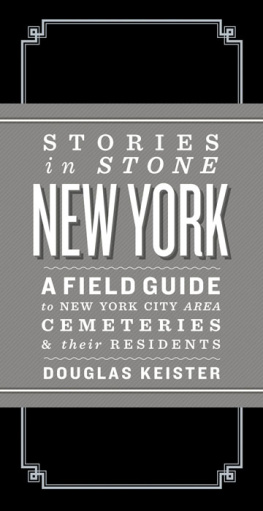

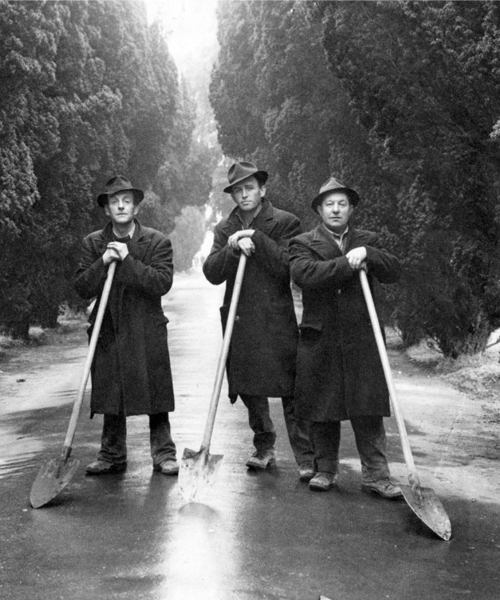

 www.mercierpress.ie
www.mercierpress.ie http://twitter.com/IrishPublisher
http://twitter.com/IrishPublisher http://www.facebook.com/mercier.press
http://www.facebook.com/mercier.press FOREWORD
FOREWORD